Ten things we’ll never understand about Scandinavia
Denmark, Norway and Sweden get universal praise for their way of life, but some things about Scandinavia strike outsiders as peculiar.
The cult of quietness
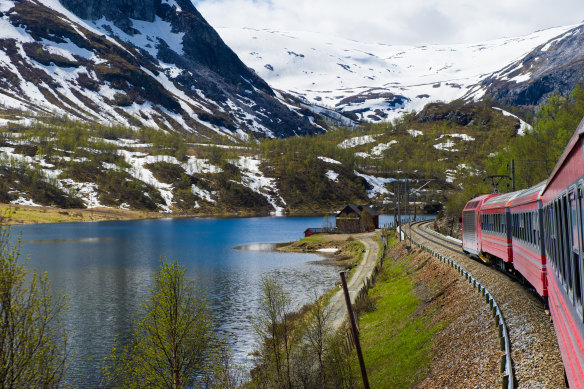
Remark upon stunning Scandinavian scenery by all means, but do it quietly.Credit: iStock
Those used to cultures in which loud conversation, chit-chattiness and friendly argument are the norm will be disconcerted in Scandinavia, where public exuberance, lively debate and inconsequential polite conversation are considered unnecessary. Check out Scandinavian plays and films, which feature characters saying nothing while bottling up their emotions. Scandinavians happily sit in silence – they have quiet carriages on trains. Then, just as you think you’ve grasped the concept, you encounter Scandinavian partygoers and holidaymakers, volume turned to maximum.
Dealing with winter
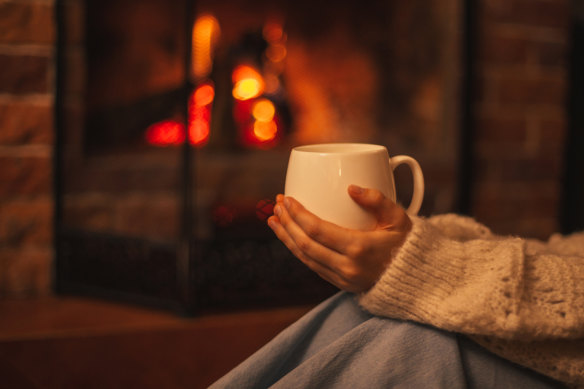
Hygge … the concept of Scandinavian cosiness and rustic simplicity.Credit: iStock
No Aussie will understand how Scandinavians survive months of freezing winter with barely a glimmer of daylight with only open sandwiches and herring for sustenance. Pundits put it down to hygge, the concept of Scandinavian cosiness and rustic simplicity. But can a few candles on windowsills replace the sun? Will drinking coffee while wearing knitted socks make up for dreadful weather? Even Scandinavians don’t think hygge is enough: they survive winter by holidaying in the Mediterranean.
Too much information
Scandinavians speak impeccable English, but some cultural habits are lost in translation, not least the way they take the greeting “how are you?” to be a genuine question that needs a detailed answer. Avoid this meaningless inquiry unless you want to hear a Norwegian tell you how she’s just broken up with her boyfriend. Another oddity: the lack of goodbyes. A Scandinavian in a group might wander off without farewell. Disconcerting, but not to be taken personally.
Those happiness lists
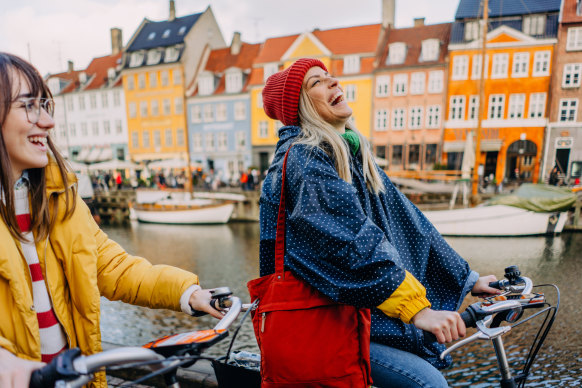
Sweden, Norway and Denmark consistently top world happiness lists.Credit: iStock
Every time someone publishes a list of the world’s happiest countries, up pop Sweden, Norway and Denmark. And yet if you travel to Scandinavia, don’t expect to encounter cheerful, chirpy people in the manner of Mexicans or Filipinos, or energetic party types always looking for fun. Scandinavian philosophers are glum, Scandinavian novels depressing and ridden with alcoholic detectives, movies invariably noir, and the media full of doom and gloom. Something doesn’t add up.
Minimalist design
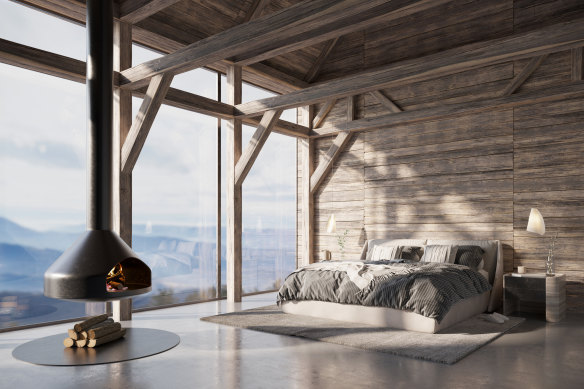
Scandinavians make minimalism look marvellously inviting.Credit: Getty Images
No other country does minimalism as well as Scandinavians, and who knows how? Try Nordic design yourself and the result can look spartan. Yet Scandinavians put a few sticks of furniture in a room with white walls and it looks marvellously inviting. They regularly win awards for designing vodka bottles, vases and chairs that seem hardly designed at all. Maybe the key to happiness is playing with Lego, owning Bang and Olufsen speakers and using a tap that resembles a modern sculpture.
The cost of alcohol
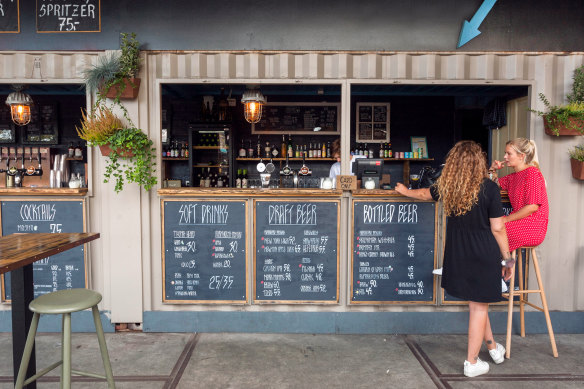
The price of alcohol is almost twice the European average.Credit: Getty Images
Alcohol culture in Scandinavia is odd to an Aussie. Having a drink with colleagues after work isn’t common, nor is enjoying a glass of wine or beer at home. Drinking alcohol is firmly associated with weekends, parties, apres-ski revelry and festivals such as Christmas – in other words a group event and seldom an individual indulgence. In any case, you’ll be almost teetotal as a visitor, since the price of alcohol is alarming – almost twice the European average.
Sunbathing in cemeteries
Take a walk in Assistens Cemetery in Copenhagen and you’ll see people picnicking on the grass, and sunbathing topless between the tombs. Cemeteries are considered a public amenity: a study of Oslo cemeteries found people used them for 18 purposes, including biking and walking the dog, habits that have increased in recent times as urban spaces become denser. Cemetery design has changed accordingly: you might find benches, walking paths, and chapels turned into community theatres.
Looking backwards and forwards

Charming gingerbread-style houses in Stockholm’s town square.Credit: iStock
Few countries are genuinely successful at preserving the cute and traditional while enthusiastically adopting the contemporary and technological. Only Japan does better than Scandinavia. Rustic charm thrives: gingerbread-style houses, dahlia-filled gardens, subway stations that resemble troll’s caves, folk bands, wooden kitchen utensils. Yet Scandinavian cities are filled with live-music venues, cutting-edge restaurants, experimental architecture and gadgetry. The way it comes together so pleasingly ought to be replicated everywhere, yet seldom is.
The Little Mermaid
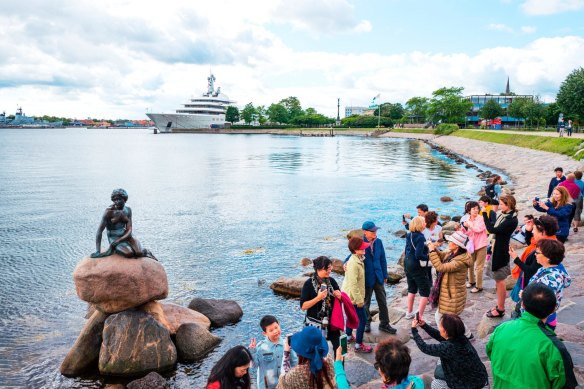
Why one of Scandinavia’s most famous sights is a mediocre statue on Copenhagen harbour is a mystery.Credit: iStock
Why the most famous sight in Scandinavia is neither a castle, cathedral, great engineering marvel or landscape, but rather a mediocre statue on Copenhagen harbour is one of tourism’s great mysteries. The 1913 homage to a Hans Christian Andersen fairytale is drab and unremarkable. The mermaid looks depressed and rather chilly. The only thing that makes this statue interesting is that it’s a frequent target of vandals, protesters and pranksters.
Snusing

Snusing involves wedging a pouch of tobacco into the upper lip.Credit: Getty
If you spot a Scandinavian with a bulging mouth, it’s the result of snusing, which involves wedging a pouch of tobacco into the upper lip. Why? To provide a nicotine hit without the need for smoking or – the downside of other forms of chewed tobacco – spitting. Scandinavians keep their supply of snus, sometimes mildly flavoured with herbs, citrus or bergamot, in the fridge. It mysteriously survives despite oral tobacco being outlawed by the European Union more than two decades ago.
Sign up for the Traveller Deals newsletter
Get exclusive travel deals delivered straight to your inbox. Sign up now.